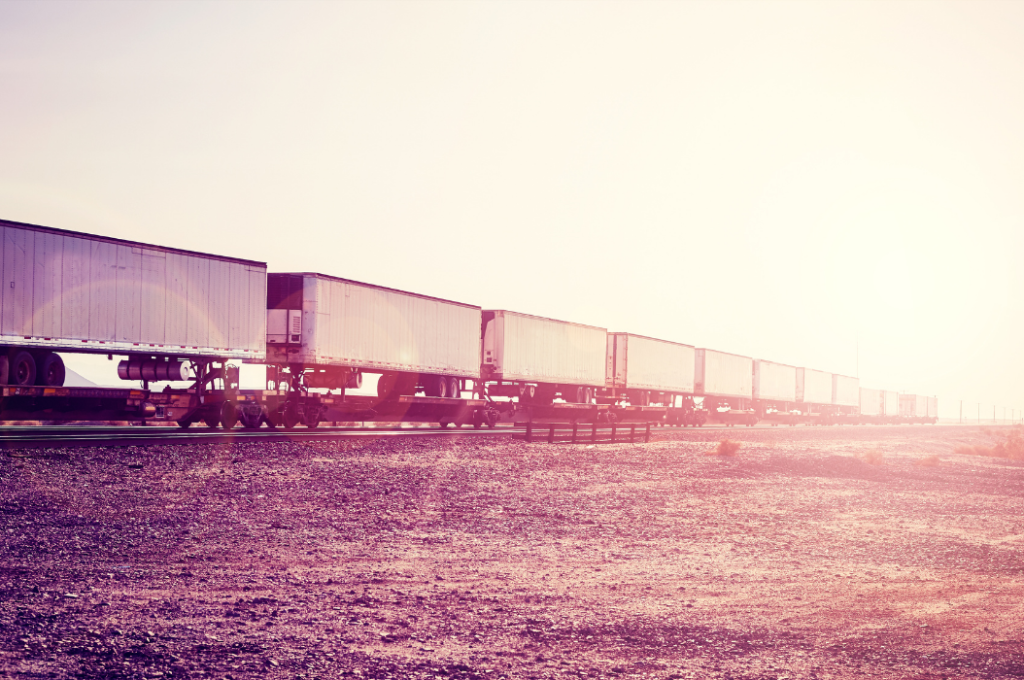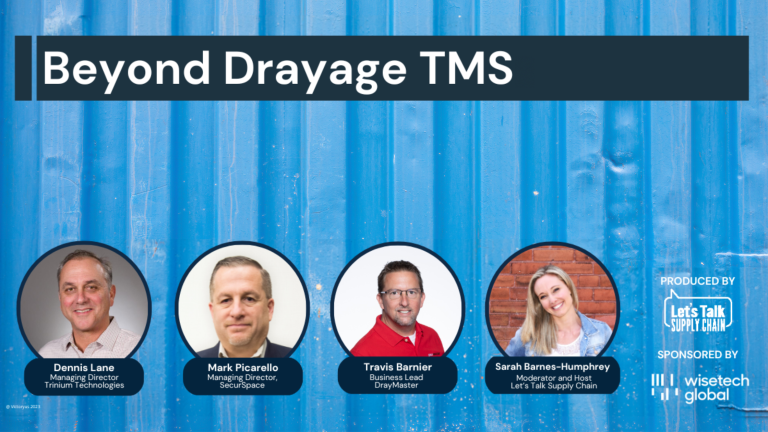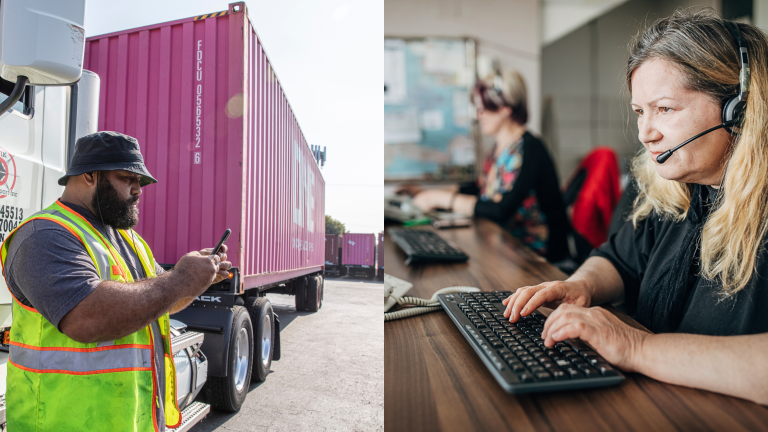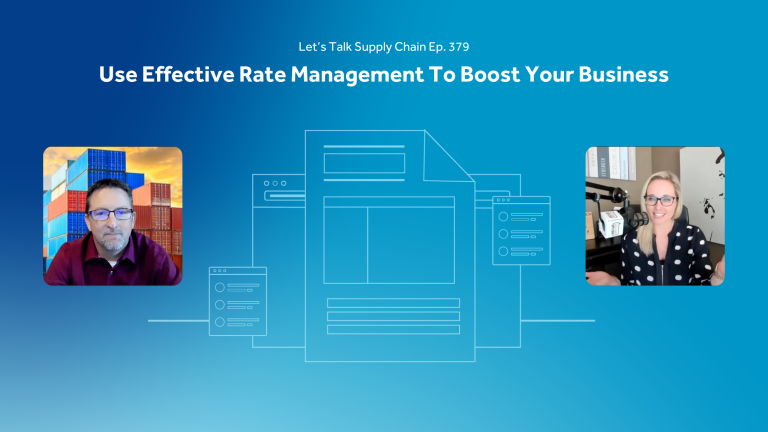It’s not the definition that matters as much as what it does
Just what does intermodal drayage mean actually? Why is it so important? Does it even have a place in the economy today? Let’s dive into those three questions and understand the role, and history, of intermodal drayage in the economy.
Intermodal: Getting from A to B by Sea and Land
Intermodal simply means using multiple modes of transportation to get something from one place to another. Today much of what we buy is shipped in a container via ship, then transferred to a short-haul (drayage) truck, which brings the container to a warehouse or rail yard for the next leg of the journey. The cargo might go from a rail yard via truck to another warehouse or its final destination.
Intermodal shipping isn’t new. We’ve been doing it for centuries. Cargo travels overland to a port and loaded onto a ship. The ship brings it to another port where it’s unloaded and hauled (here’s the drayage part again) to another stop or destination. Drayage is also an old term carried into the modern era.
Horses, Carts, and Cargo
Today we define drayage as short-haul trucking from a port to warehouse or rail yard, usually within the same city or area. Actually, the only thing that’s changed about drayage in the past hundreds of years is the technology.
The word drayage comes from dray, which was a horse-drawn cart without sides used to haul cargo from ships to nearby warehouses. The short haul part is important here. Often the cargo being hauled was heavy and bulky, not great for long-distance travel. The horses used—dray horses—were bred to haul very heavy loads short distances. Drayage has always been that intermedia step in getting cargo to where it needs to go. Even hundreds of years ago we had intermodal drayage moving cargo from the ship to a warehouse then unloaded and moved to another mode—like rail—to get to its destination.
Intermodal Drayage: Essential Short-Haul Trucking
If the entire intermodal drayage industry has been around so long, how is it still relevant today? Isn’t there a better way to move things around?
Intermodal drayage remains essential, and even more so today, because it makes sure goods get from ports to distribution points as quickly as possible. And for the technology part, once modern container ships were invented in the late 1950s, it reduced shipping costs so much that intermodal drayage became even more essential to keep goods flowing.
The container ship was invented to help move more goods faster than long haul trucking or rail alone could move them. You load a ship with a lot of standard sized containers then get that ship to the next big port and offload. Originally, container ships moved cargo along the U.S. Eastern seaboard to other U.S. ports. Today, ships arrive at ports around the world loaded with containers that need to be quickly unloaded, put onto a chassis, and hauled to the next leg.
Intermodal drayage is at the heart of it all. Truckers who serve as that essential connector between ports and the next leg of the journey. Long-haul trucking is still essential to the North American economy, but fuel prices, driver shortages, and safety restrictions have reduced the amount of cargo long-haul trucks can cost-effectively carry.
This led to relying more and more on rail to move containers and cargo long distances around the continent. And intermodal drayage plays an essential role here too. You need drayage to haul the container from the port to a rail depot to load onto trains. Then you need more drayage haulers to accept the offloaded containers from the train to the next stop.
All intermodal drayage linking the supply chain together.
Envase Helps Grow Your Intermodal Drayage Business
Moving containers to ports to warehouses to trains to warehouses seems pretty simple—but we know it isn’t. You need to be able to track your customer’s loads and containers. You need to make sure you have enough drivers in the right places to move the most cargo possible. You need to know how the whole series of handoffs work together and make sure things get where they are going.
This is where Envase TMS and its family of solutions comes in. Envase was created to meet the needs of the intermodal drayage industry. We aren’t newcomers. Our founder Larry Cuddy ran his own trucking business and saw a need for better software for the industry—so he went out and made it.
Envase is all about creating tools to help you build your business. Want to learn more, get in touch and let us show you how Envase will help you.




